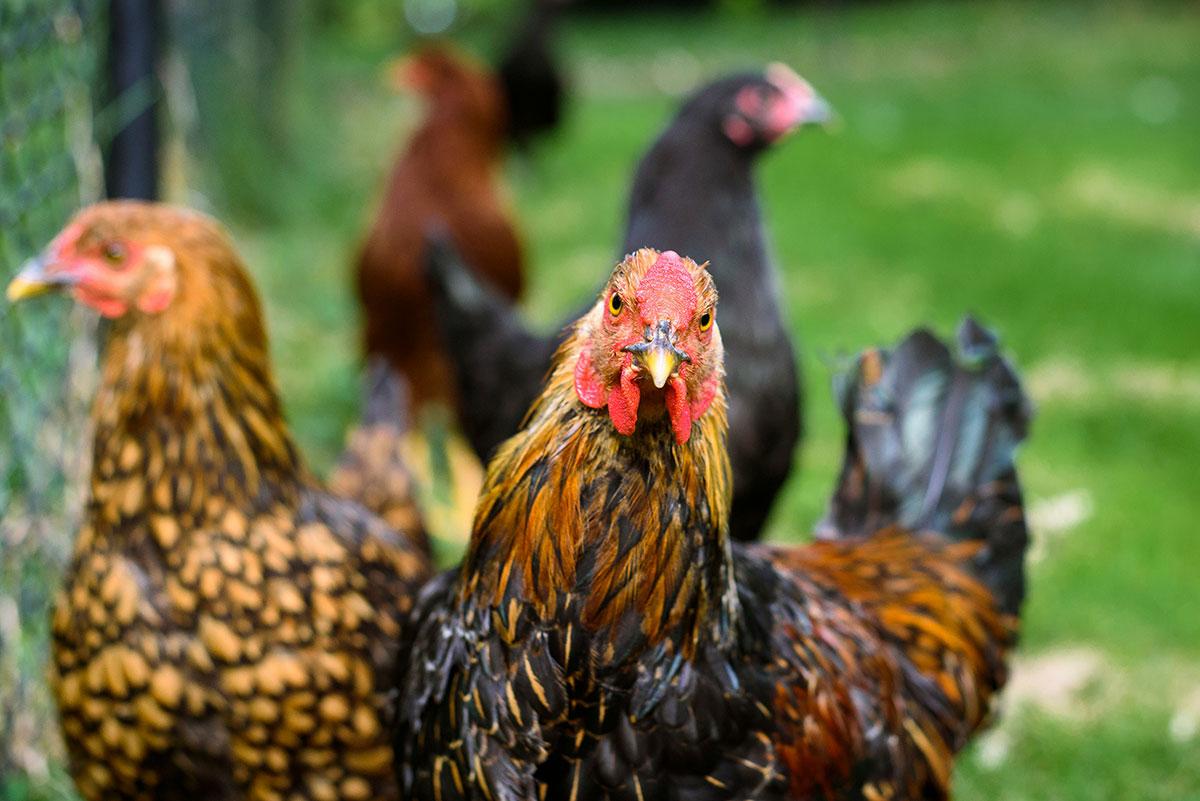Marek’s disease virus (MDV) infects poultry species such as chickens, quails and turkeys. It is a highly infectious airborne pathogen transmitted via inhalation.
Infected feather follicles can act as a reservoir and source of virus spread to the environment, where it can remain infectious for long periods.
Marek’s disease has been reported in most poultry-producing countries. The annual cost of Marek’s disease to the poultry industry is estimated to be between US $1-2 billion.
Clinical signs
- Paralysis of the legs and wings
- Enlargement of peripheral nerves
- Tumours affecting organs such as the heart, liver, spleen, lungs, ovaries and skin
- Immunosuppression
- Brain oedema (swelling)
- Acute rash
Virology
MDV is a member of the Herpesviridae family, in the genus Mardivirus which includes virulent and attenuated vaccine strains. Virulent MDV can be divided into pathotypes that are dependent on virulence: mild (m), virulent (v), very virulent (vv), and very virulent plus (vv+).
MDV is enveloped with a capsid and a double stranded DNA genome.
Pirbright's research on Marek's disease
The Pirbright Institute is researching various aspects of the disease, including how it induces tumors, the reasons behind its steadily increasing virulence, and the molecular and cellular mechanisms of immune responses against MD infections. This information will be valuable in developing more effective vaccine formulations and vaccination strategies.
Research initiatives also include developing novel vaccines, such as recombinant viral vector vaccines derived from avian herpesviruses.
Pirbright also hosts the WOAH Marek’s Disease Virus Reference Laboratory.



